Ducati 350 Utah
With Phil Aynsley
I mentioned a few columns back that I had photographed a second rare bike at the Ducati factory in 2015. Here it is – the prototype single-cylinder 350 Utah.
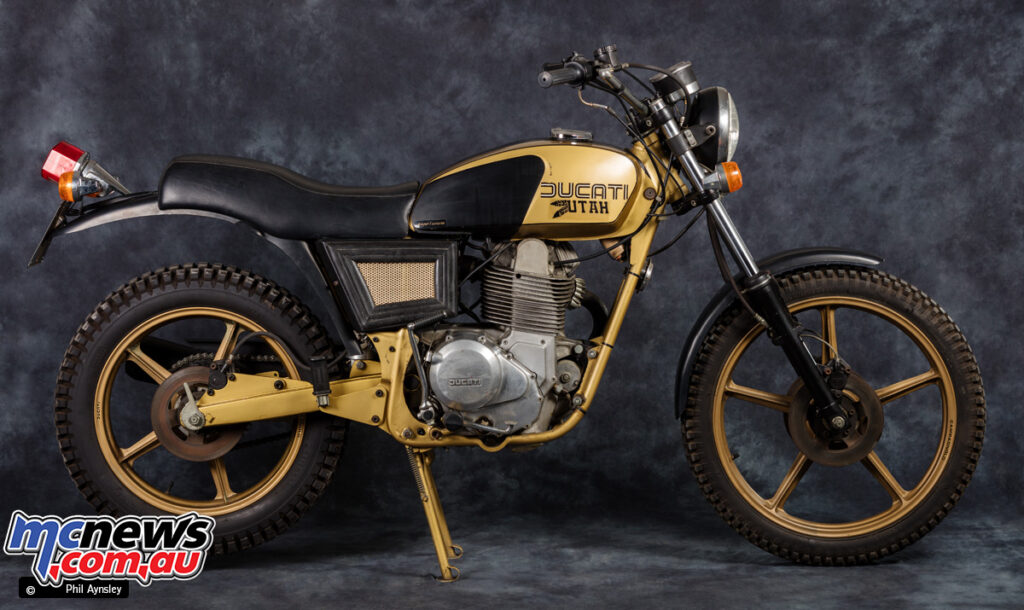
Before we get into the details a bit of background would be useful. Ducati ceased making their famous bevel-drive singles in 1974, a pretty good run from a design that first saw light of day 19 years previously!
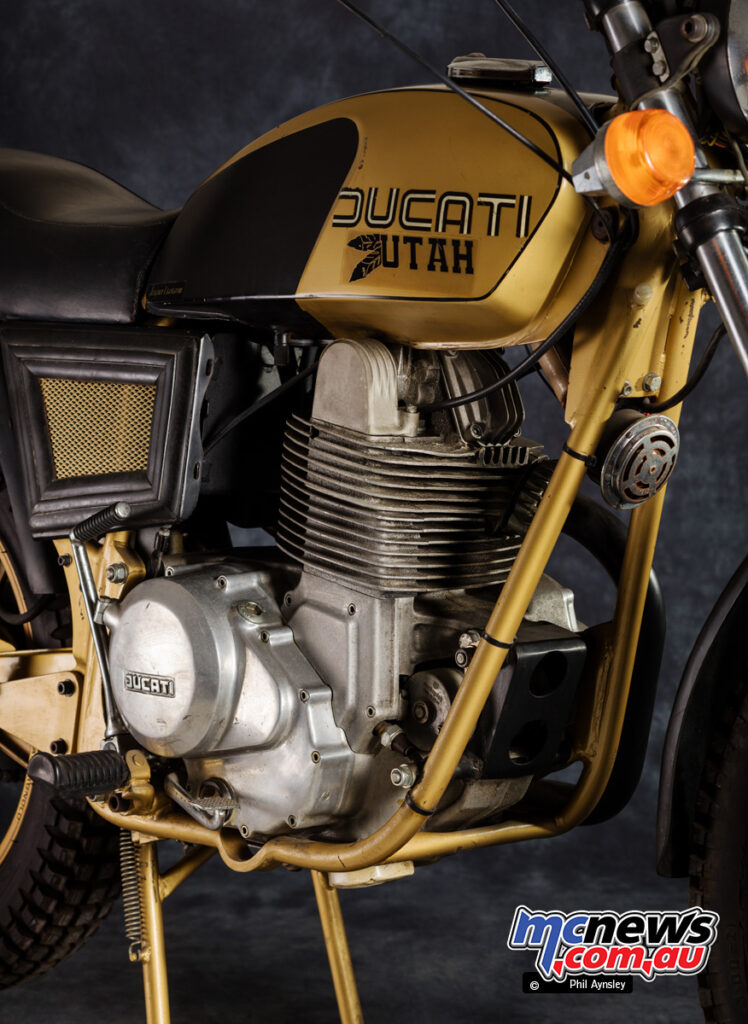
The factory management made some dubious decisions in the mid ’70s – one of which was to replace the singles with parallel twins, not a good call (see ‘Ducati’s 500GTL parallel twin‘).
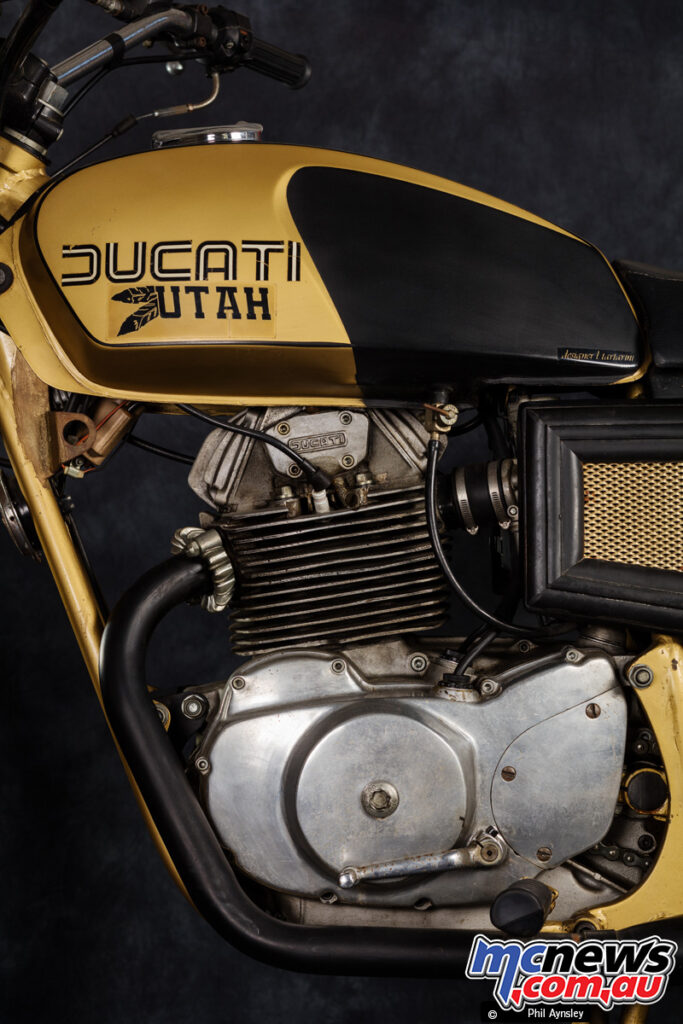
Engineer Fabio Taglioni (who wanted nothing to do with the parallel twins) spent this time developing the Pantah, which duly took over from the short lived parallel twins in 1979. It went on to be the basis for all the company’s V-twins right up until the 1299 Panigale.
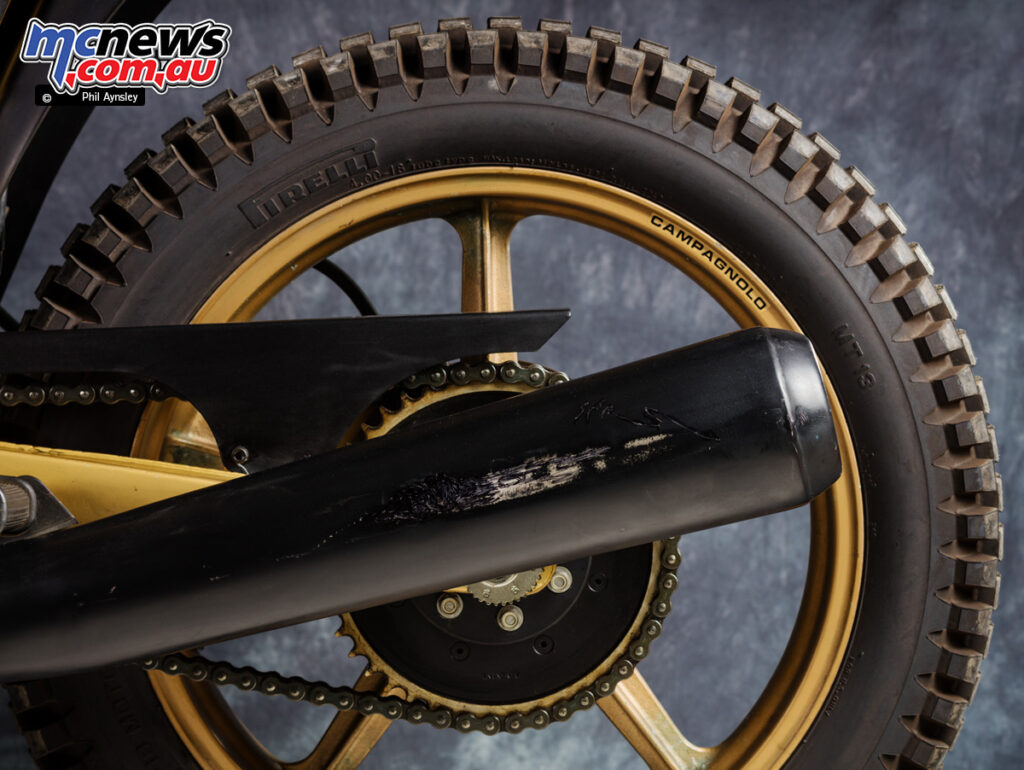
Taglioni was well aware that the bevel engines (both twins and singles) were expensive to manufacture so had begun experimenting with belt-driven camshaft designs from the early ‘70s.
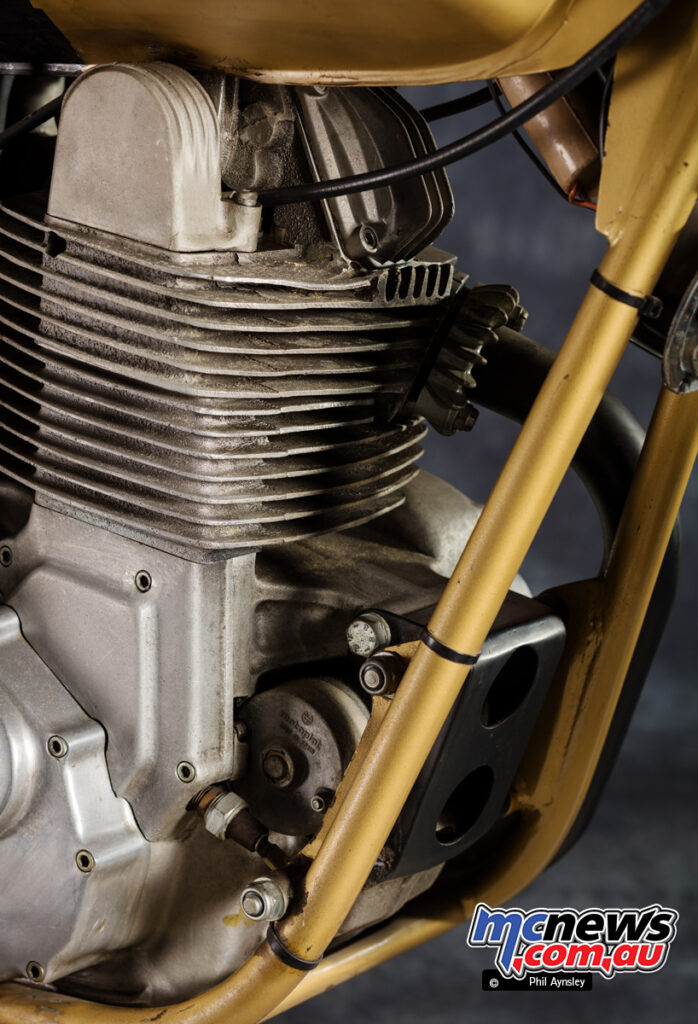
Interestingly these began with a motor that used a modified production single bottom-end/crankcases with the belt running up the other side of the cylinder to how the Pantah would be laid out.
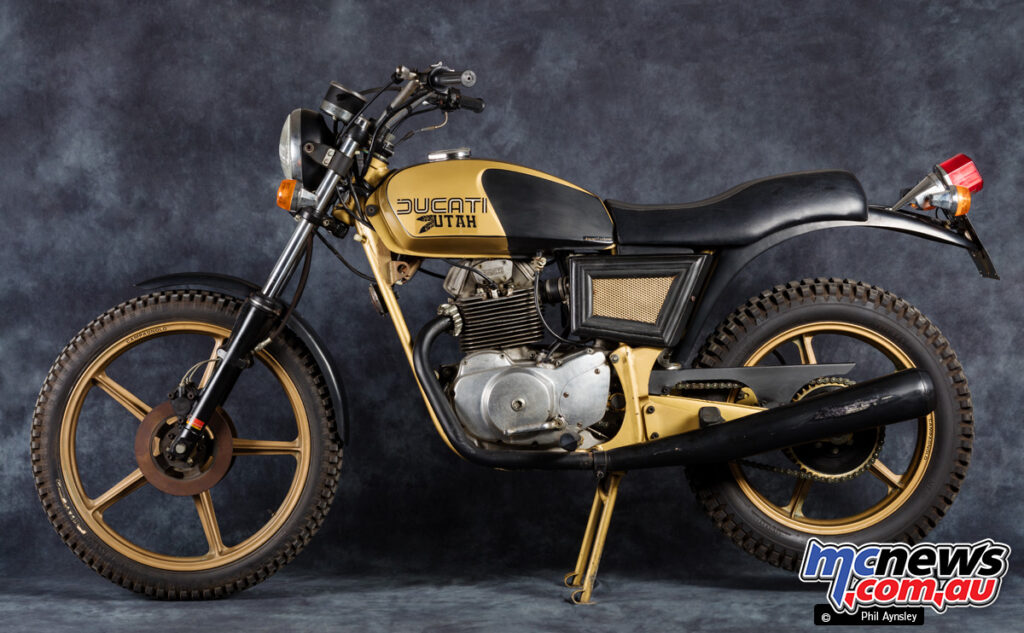
When the Pantah was first revealed at the Milan Show in 1977 it was accompanied by two 350 cc singles that clearly had their motors based on their larger sibling.
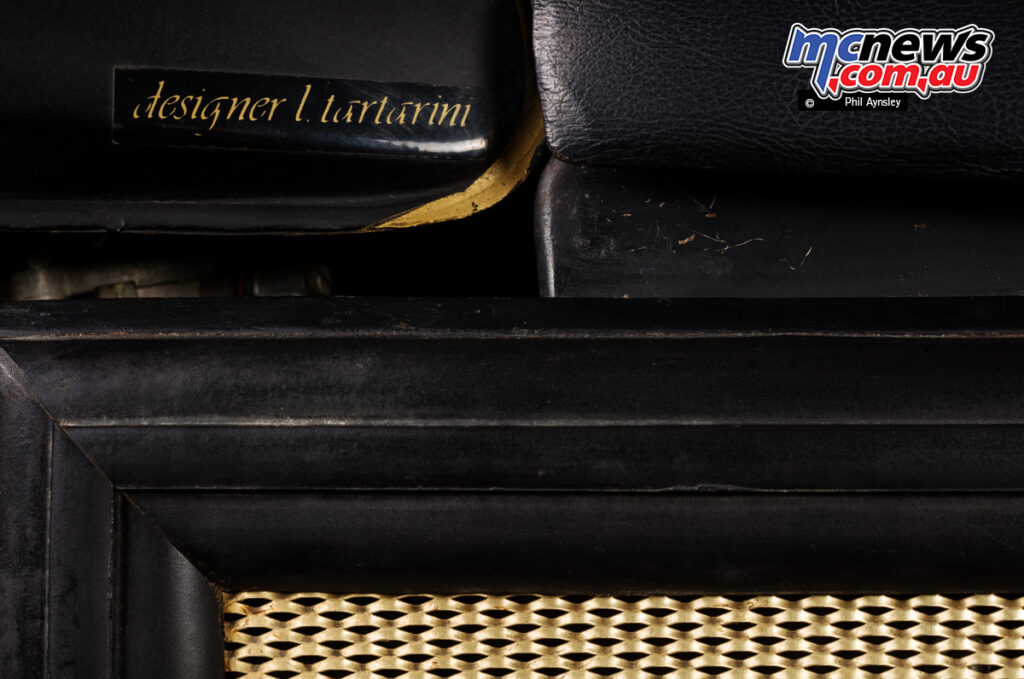
The road going Rollah used Leopoldo Tartarini’s 500GTV/Darmah stying to excellent effect and was a very neat looking bike! However the bike was never shown again and has not been seen since.
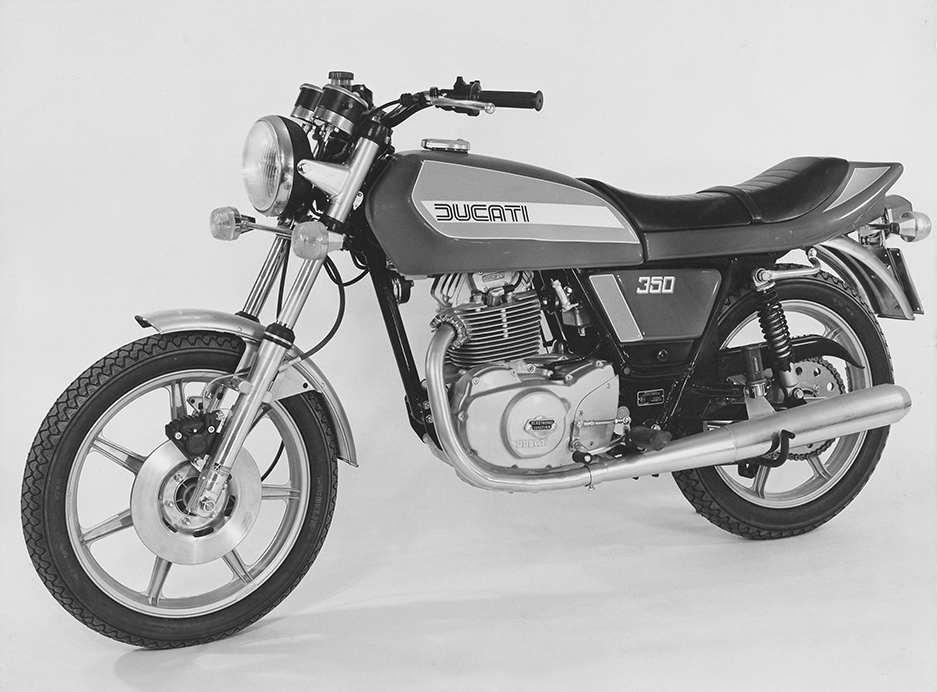
So we come to the Utah street scrambler seen here. It had been shown a few more times, in Paris and Cologne in 1978 before the project was abandoned. As the company’s scramblers had been their best selling single-cylinder models in the late ‘60s and early ‘70s, particularly in the US, it is not surprising that this new design was aimed at the same market.
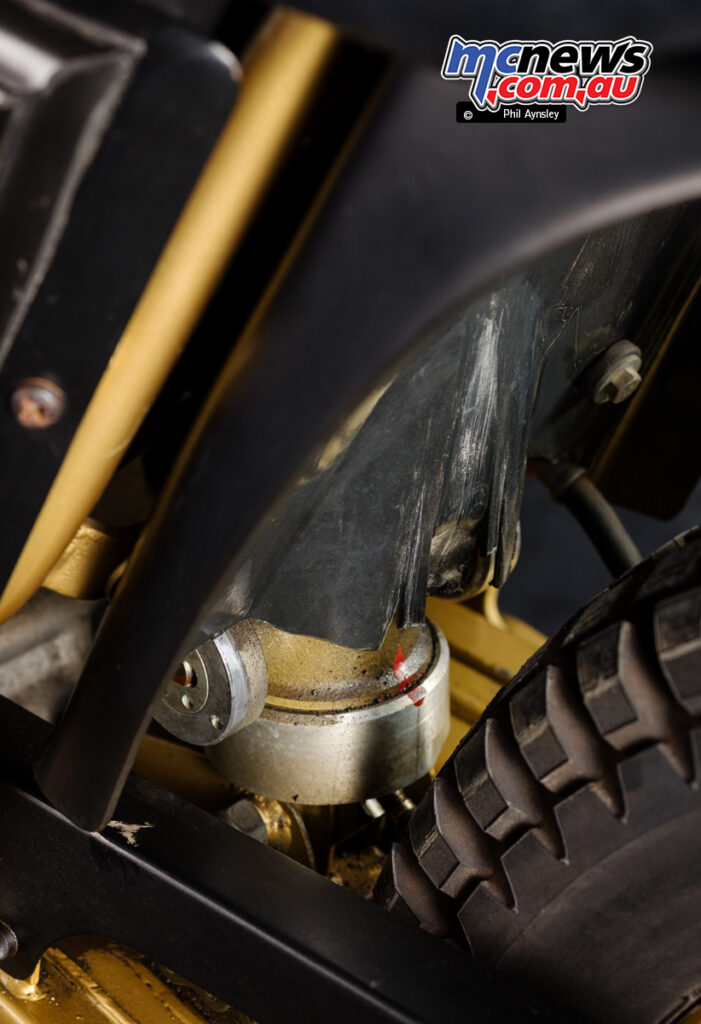
While the Rollah used a single front down tube and open cradle frame, the Utah’s frame was a twin-loop, full cradle design that featured a cantilever rear suspension that employed a pressurised Marzocchi air shock. Rather unusually for a scrambler, twin front discs and a single rear were fitted (the Rollah used but a single front disc and a drum rear brake). Campagnolo alloy wheels in 21 and 18-inch sizes were used on the Utah.
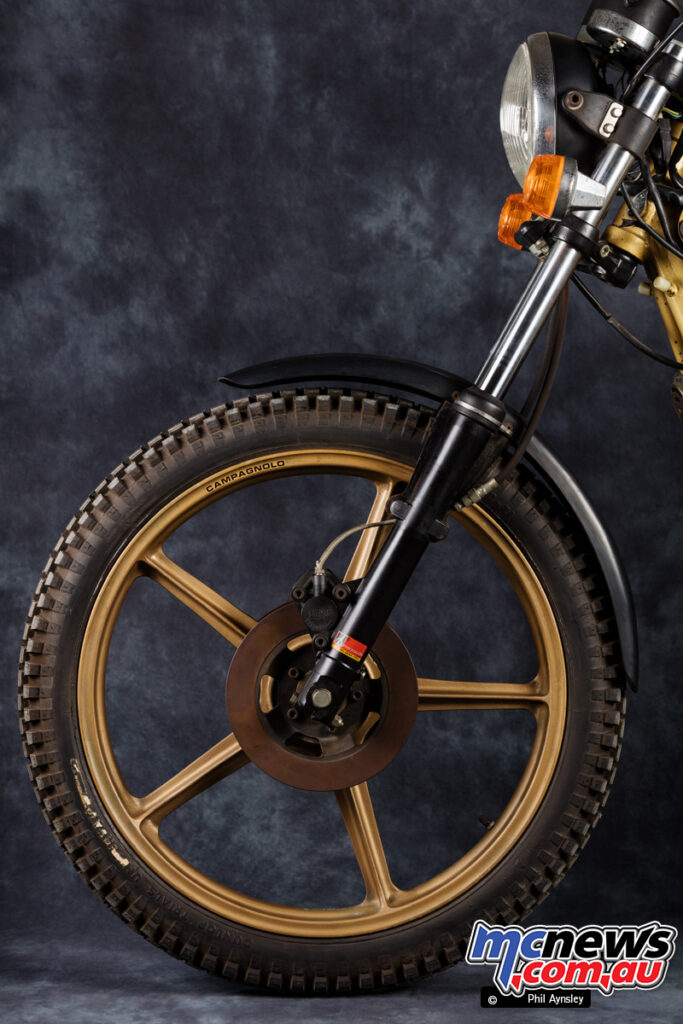
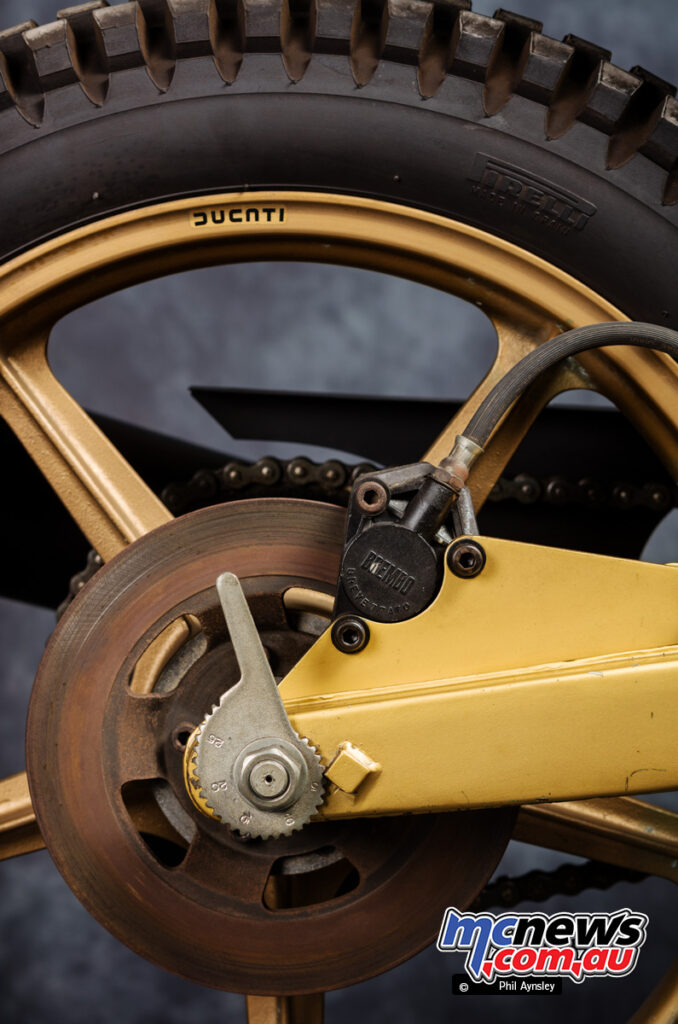
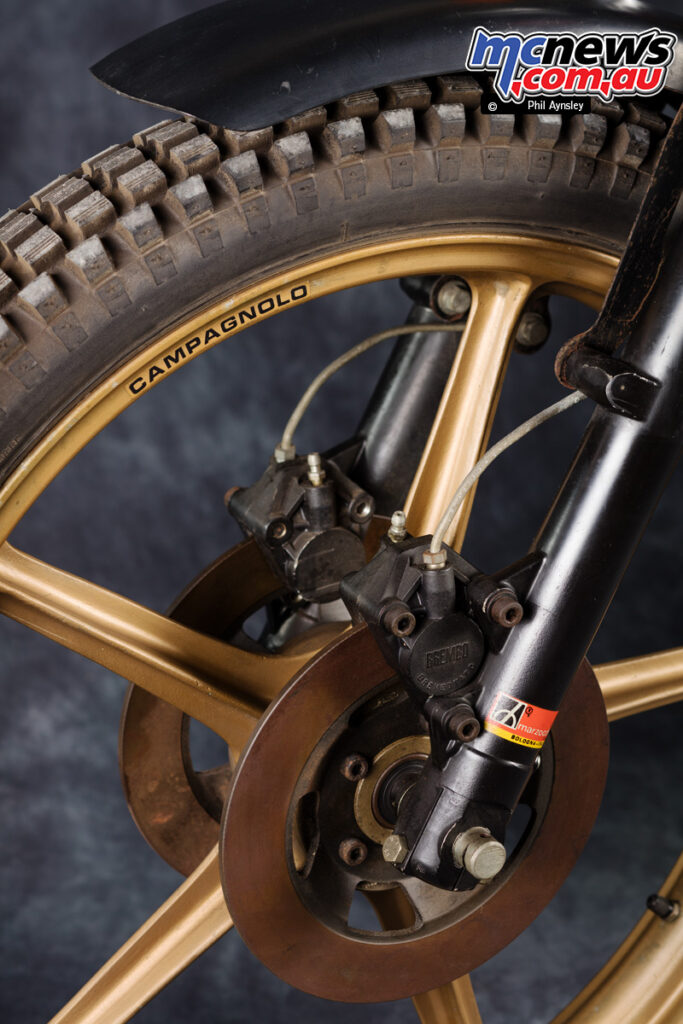
Tartarini was also responsible for the Utah’s striking black and gold styling and is credited with a discrete sticker on the tank.
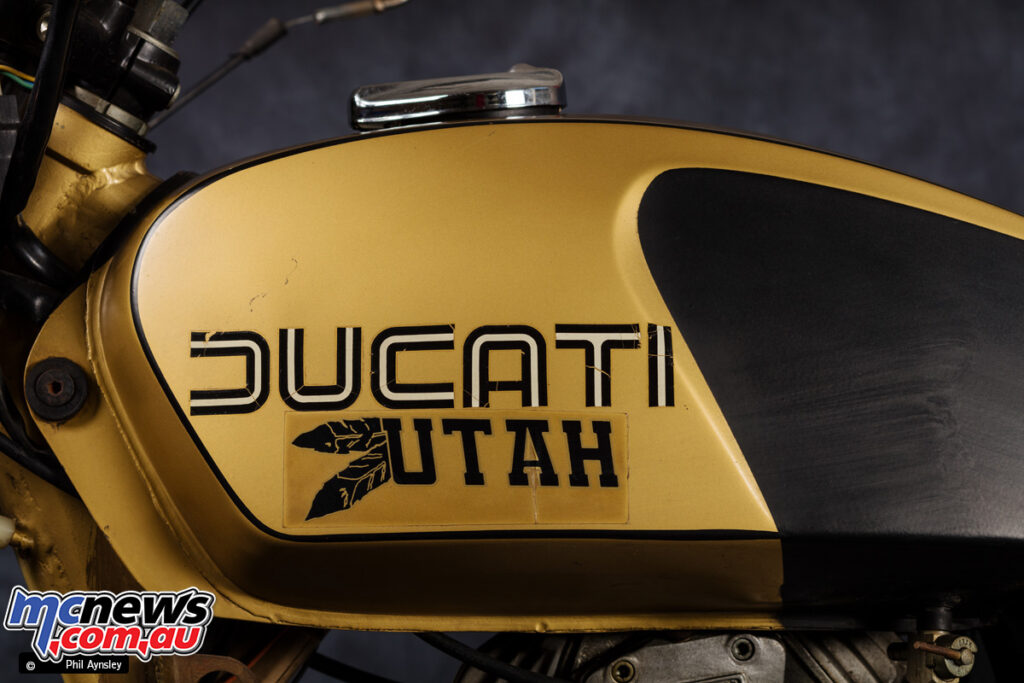
The Utah weighed 145 kg (9 kg lighter than the Rollah), while the motor for both models made 27 hp at 7000 rpm. Bore and stroke was 83 x 64 mm and a Nikasil coated cylinder was used. Compression was 9.5:1 and Bosch electronic ignition was fitted.
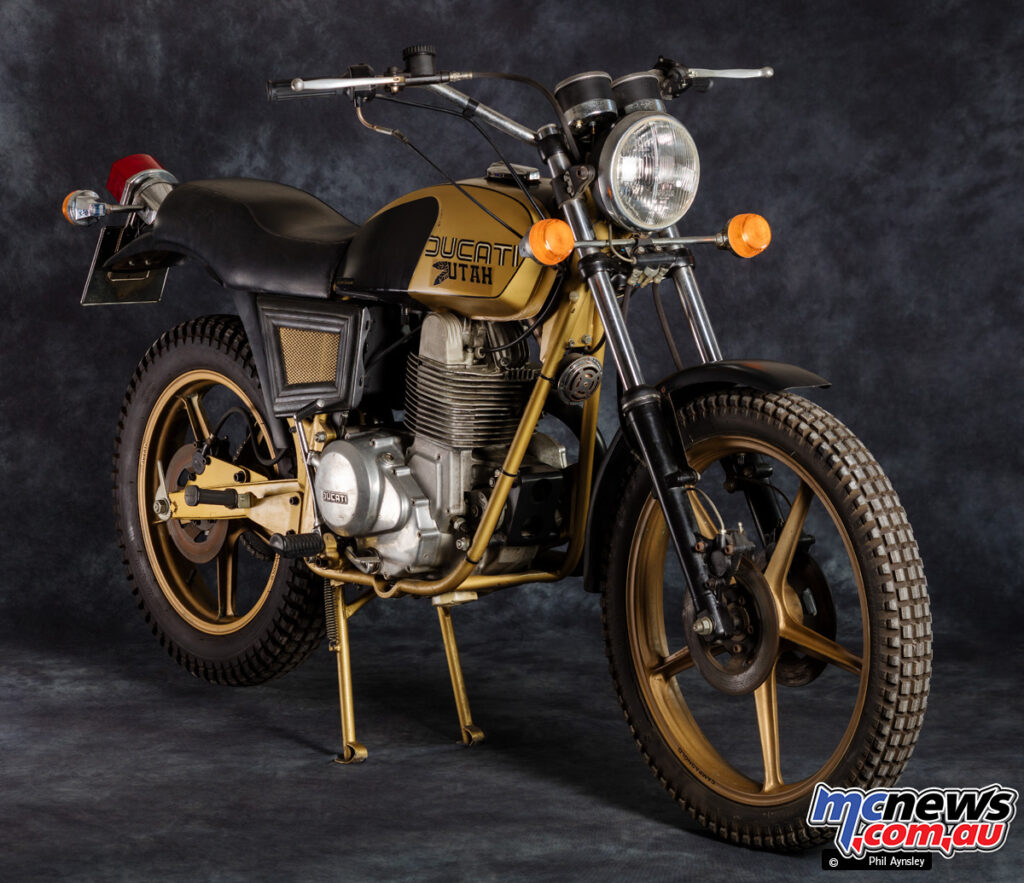
An electric starter was used for both models and apart from the black paint job the only other major difference between the motors used in each model was that the Rollah appears to have had a hydraulic clutch, while the Utah’s was cable operated. Of course Desmodromic valve control was employed!
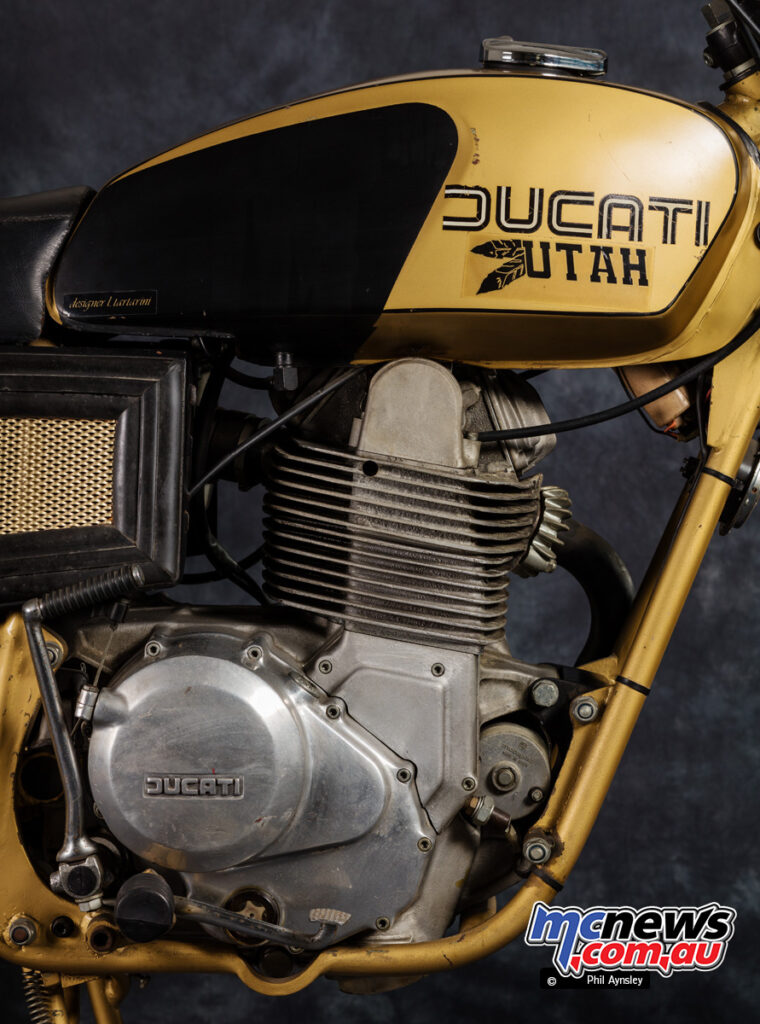
To the best of my knowledge the Utah prototype hadn’t been seen since 1978 until I was generously allowed to shoot it in 2015.
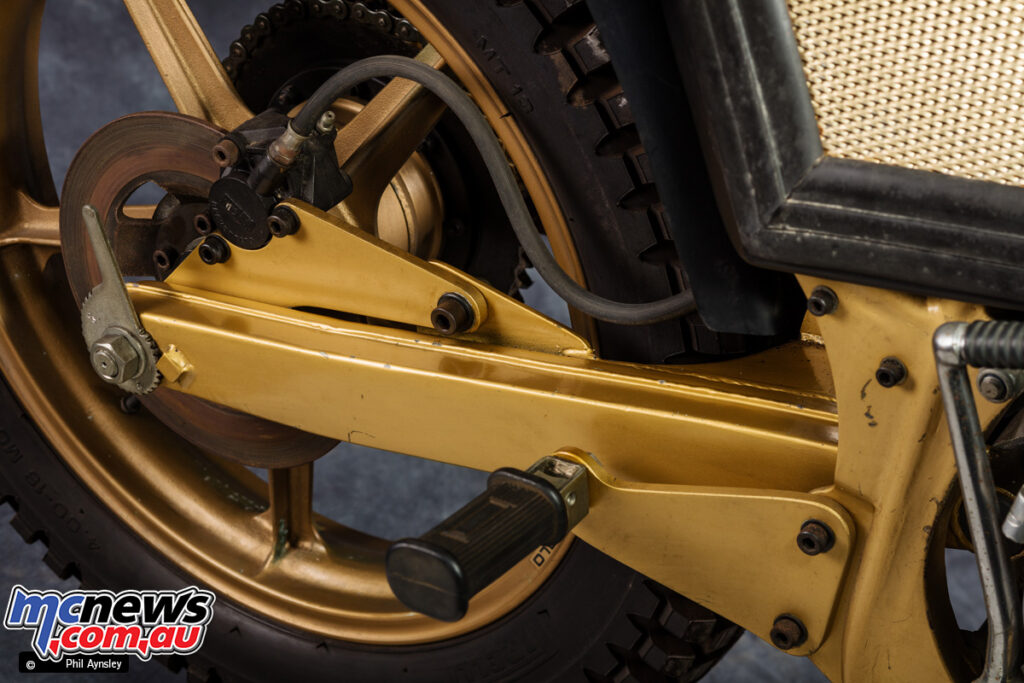
A footnote to the Rollah/Utah came from Ducati’s Spanish affiliate company, Mototrans. In 1979 they produced a handful (about 80) of their Yak 410 trail bike. The motor was heavily based on the Ducati Utah design although the belt drive to the Desmo OHC reverted back to the left hand side as per Taglioni’s early experiments.























